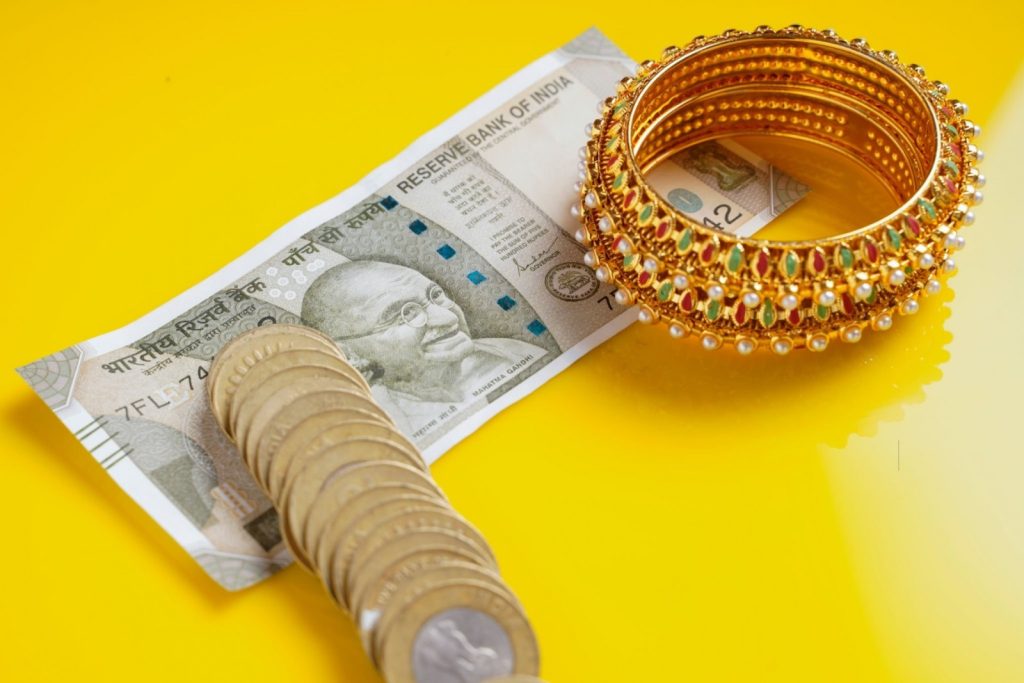Gold, with its timeless allure and enduring value, has been treasured by humans for centuries. Whether you’re buying jewelry, coins, or bullion, verifying the purity of gold is essential to ensure you’re getting what you pay for. In this comprehensive guide, we’ll explore various methods and techniques for checking gold purity accurately.
Understanding Gold Purity
Gold purity is measured in karats (K) or fineness. The most common purities are:
• 24K Gold: This is pure gold, with a purity of 99.9%. It’s soft and malleable and is rarely used for jewelry due to its tendency to scratch and bend easily.
• 22K Gold: Contains 91.67% gold and 8.33% other metals, typically copper or silver. It’s often used for traditional jewelry.
• 18K Gold: Contains 75% gold and 25% other metals. It’s a popular choice for fine jewelry, balancing durability and purity.
• 14K Gold: Contains 58.3% gold and 41.7% other metals. It’s more durable than higher-purity gold and is commonly used in everyday jewelry.
Methods for Checking Gold Purity
1. Hallmark Stamps
One of the most straightforward methods is to check for hallmark stamps on the gold item. Hallmarks indicate the gold’s purity and may include other information like the manufacturer’s mark and the year of production. However, ensure the hallmark is genuine, as counterfeiters can sometimes replicate them.
2. Magnet Test
Gold is not magnetic, so using a strong magnet can help identify non-gold metals. If the gold item is attracted to the magnet, it likely contains a significant amount of non-gold metals.
3. Nitric Acid Test
This test involves applying a small amount of nitric acid to the gold item. Genuine gold will not react, while base metals will. Be cautious when handling acids and only perform this test if you have experience.
4. Density Test
Gold has a specific density, so you can determine its purity by measuring its density and comparing it to the known density of pure gold. This method requires precision instruments and mathematical calculations.

5. Scratch Test
A scratch test involves rubbing the gold item on a testing stone and applying acid to the mark. The reaction of the mark with the acid helps determine the gold’s purity. This test, like the nitric acid test, should only be performed by experienced individuals.
6. X-Ray Fluorescence (XRF) Testing
XRF machines use X-rays to determine the composition of an item accurately. This is a non-destructive and highly reliable method commonly used by jewelers and pawnshops.
7. Fire Assay
Fire assay is a highly accurate method used in laboratories. It involves melting the gold and analyzing its composition. While precise, it is typically reserved for high-value items.
8. Professional Appraisal
Consulting a professional, such as a certified appraiser or a jeweler with a good reputation, is one of the safest ways to check gold purity, especially for valuable items.
Tips and Precautions
• Be cautious when using acid-based tests, as they can damage the gold item if performed incorrectly.
• Ensure that any equipment or chemicals used for testing are handled safely and in accordance with relevant guidelines.
• Keep in mind that some gold-plated items may pass basic tests but have a thin layer of gold over base metals.
• For valuable or sentimental gold items, consider professional appraisal to avoid damage or devaluation.
In conclusion, checking gold purity is essential when buying or assessing the value of gold items. While there are various methods available, it’s important to choose the one that suits your needs and expertise. When in doubt, seek the assistance of professionals who can provide accurate assessments of gold purity.


